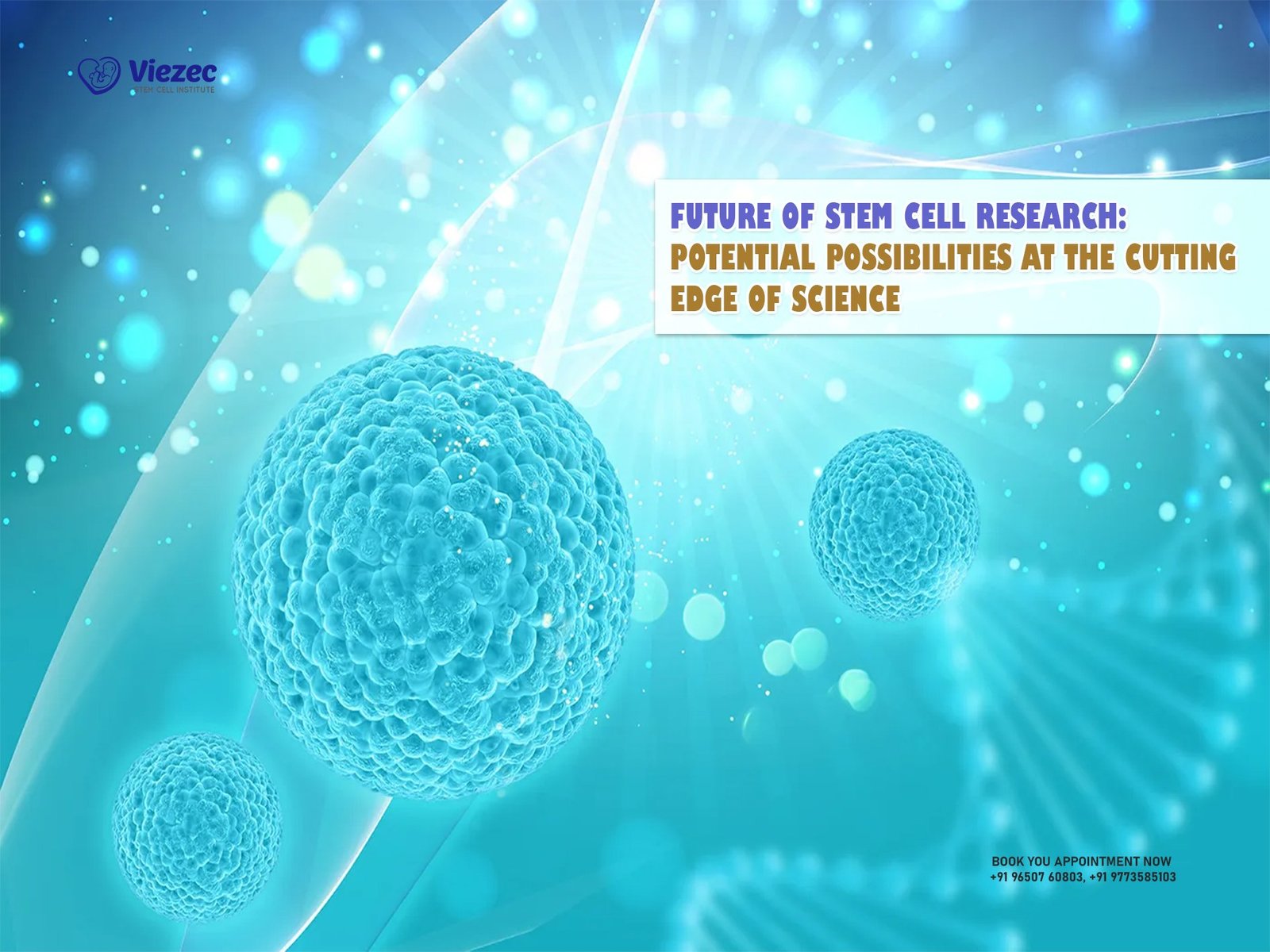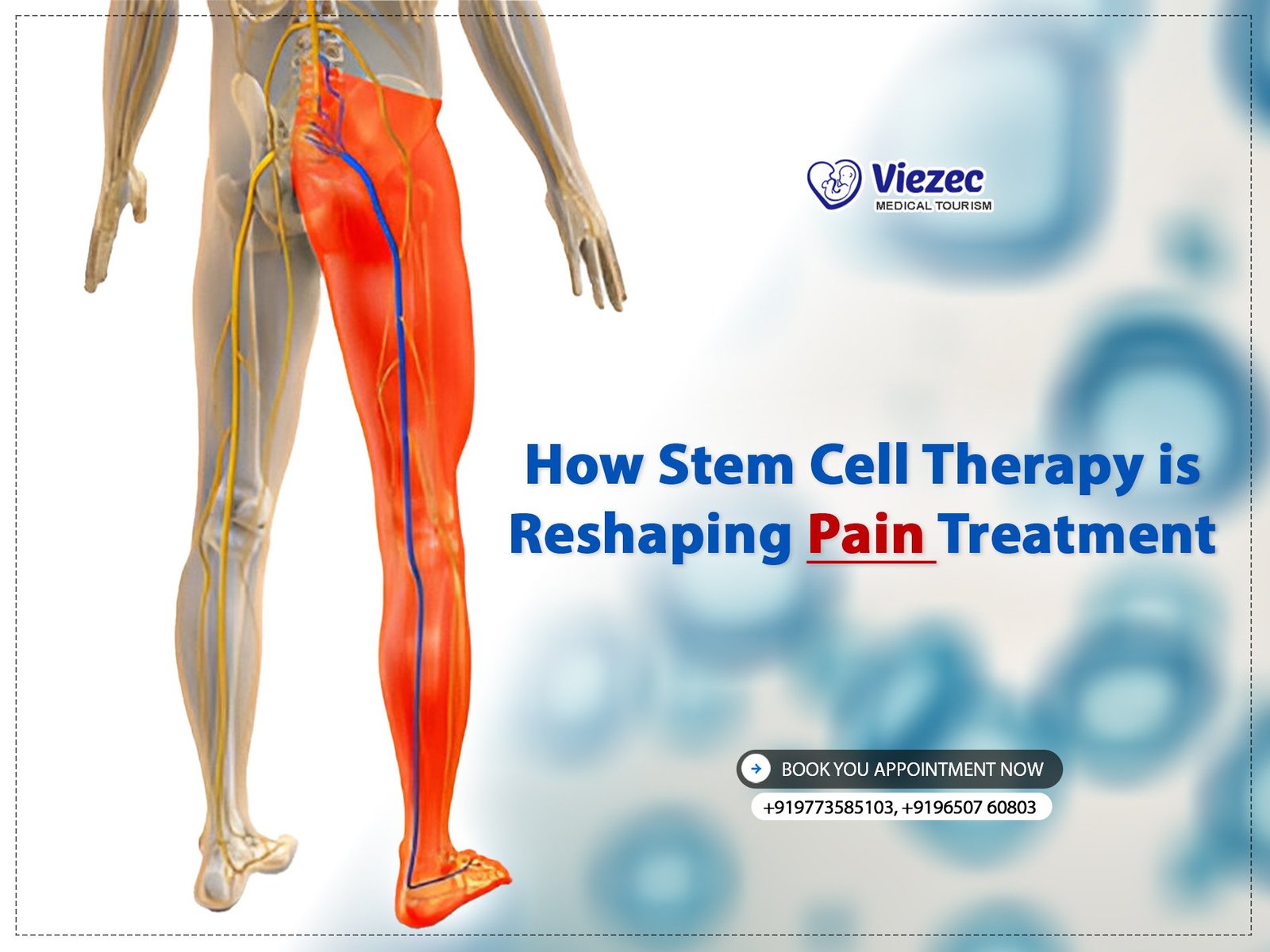Ankylosing Spondylitis (AS) is a chronic inflammatory disease primarily affecting the spine and sacroiliac joints, leading to severe pain and stiffness. Over time, AS can cause the bones of the spine to fuse, resulting in a loss of flexibility and a hunched posture. This autoimmune condition predominantly impacts young adults, with symptoms often appearing in late adolescence or early adulthood. The exact cause of AS remains unknown, but it is believed to involve a combination of genetic and environmental factors, with the HLA-B27 gene being strongly associated with the disease.
Overview of Current Treatment Options
Current treatments for Ankylosing Spondylitis aim to reduce pain, improve function, and prevent deformity. Non-steroidal anti-inflammatory drugs (NSAIDs) are often the first line of treatment to alleviate pain and inflammation. Physical therapy and regular exercise are crucial for maintaining mobility and posture. In more severe cases, biologic agents such as tumor necrosis factor (TNF) inhibitors and interleukin-17 (IL-17) inhibitors are prescribed to control inflammation and slow disease progression. Despite these options, many patients continue to experience significant symptoms and side effects, highlighting the need for alternative therapies.
Introduction to Stem Cell Therapy
Stem cell therapy represents a promising frontier in the treatment of Ankylosing Spondylitis. Stem cells possess the unique ability to differentiate into various cell types and have regenerative properties that could potentially repair damaged tissues. In the context of AS, stem cell therapy aims to modulate the immune response, reduce inflammation, and promote tissue regeneration. This innovative approach offers hope for a more effective and long-lasting treatment, particularly for patients who do not respond well to conventional therapies.
Understanding Ankylosing Spondylitis
Pathophysiology
The pathophysiology of Ankylosing Spondylitis involves complex interactions between genetic predispositions, immune system dysregulation, and environmental triggers. The hallmark of AS is chronic inflammation at the entheses, the sites where tendons and ligaments attach to bone. This inflammation leads to the gradual ossification of these structures, resulting in the characteristic stiffness and fusion of the spine. The HLA-B27 gene is present in the majority of AS patients, suggesting a genetic susceptibility. However, not all individuals with this gene develop AS, indicating that other genetic and environmental factors are also involved.
Symptoms and Diagnosis
Common Symptoms
Common symptoms of Ankylosing Spondylitis include chronic back pain and stiffness, particularly in the lower back and buttocks. These symptoms typically worsen after periods of inactivity and improve with exercise. Other symptoms may include fatigue, pain and swelling in other joints, and reduced flexibility of the spine. In advanced cases, the inflammation can lead to the fusion of the spinal vertebrae, significantly limiting mobility and causing a stooped posture.
Diagnostic Methods
Diagnosis of Ankylosing Spondylitis involves a combination of clinical evaluation, imaging studies, and laboratory tests. Clinicians look for characteristic symptoms such as chronic back pain and stiffness, along with a family history of AS. Imaging techniques like X-rays and MRI scans are used to detect changes in the sacroiliac joints and spine. The presence of the HLA-B27 gene can support the diagnosis, though it is not definitive on its own. Early diagnosis and intervention are crucial to managing the disease and preventing irreversible damage.
Basics of Stem Cell Therapy
What are Stem Cells?
Types of Stem Cells
Stem cells are undifferentiated cells with the potential to develop into various specialized cell types. There are several types of stem cells, including embryonic stem cells (ESCs), adult stem cells, and induced pluripotent stem cells (iPSCs). ESCs are derived from early-stage embryos and have the ability to differentiate into any cell type in the body. Adult stem cells, found in various tissues, are more limited in their differentiation potential but are crucial for tissue repair and regeneration. iPSCs are adult cells reprogrammed to a pluripotent state, capable of differentiating into any cell type.
Sources of Stem Cells
Stem cells can be sourced from various tissues and methods. Embryonic stem cells are derived from blastocysts, while adult stem cells can be obtained from bone marrow, adipose tissue, and other tissues. iPSCs are generated by reprogramming adult cells, such as skin fibroblasts, using specific genetic factors. Each source has its advantages and limitations, with considerations for ethical issues, differentiation potential, and ease of extraction.
Mechanism of Action in Treatment
Stem cell therapy for Ankylosing Spondylitis involves multiple mechanisms of action. Stem cells can differentiate into specific cell types needed for tissue repair, such as cartilage cells for joint repair. They also secrete bioactive molecules that modulate the immune response, reducing inflammation and promoting tissue regeneration. Additionally, stem cells can home to sites of injury or inflammation, where they exert their reparative effects. This multifaceted approach offers a comprehensive treatment strategy for AS, addressing both the symptoms and underlying causes of the disease.
Stem Cell Types Used in Ankylosing Spondylitis
Mesenchymal Stem Cells (MSCs)
Mesenchymal stem cells (MSCs) are a type of adult stem cell found in various tissues, including bone marrow and adipose tissue. MSCs are known for their ability to differentiate into bone, cartilage, and fat cells. They also have potent immunomodulatory properties, making them a promising option for treating autoimmune diseases like Ankylosing Spondylitis. MSCs can reduce inflammation and promote tissue repair, potentially slowing disease progression and improving patient outcomes.
Hematopoietic Stem Cells (HSCs)
Hematopoietic stem cells (HSCs) are responsible for the formation of all blood cells and are primarily found in the bone marrow. HSCs have been used in the treatment of various hematological conditions and are being explored for their potential in autoimmune diseases. In AS, HSC transplantation aims to reset the immune system, reducing the autoimmune response that drives inflammation and tissue damage. This approach has shown promise in clinical studies, offering a potential new avenue for treatment.
Induced Pluripotent Stem Cells (iPSCs)
Induced pluripotent stem cells (iPSCs) are adult cells that have been genetically reprogrammed to an embryonic-like pluripotent state. iPSCs can differentiate into any cell type, offering immense potential for regenerative medicine. In the context of AS, iPSCs could be used to generate specific cell types needed for tissue repair and regeneration. Additionally, patient-specific iPSCs could be created, reducing the risk of immune rejection and providing a personalized treatment approach.
Preclinical Studies
Animal Models
Preclinical studies using animal models are crucial for evaluating the safety and efficacy of stem cell therapies before human trials. Various animal models of Ankylosing Spondylitis have been developed, including genetically modified mice and rats. These models mimic the human disease, allowing researchers to study the effects of stem cell therapy on inflammation, tissue repair, and disease progression. Animal studies provide valuable insights into the potential benefits and risks of stem cell treatments.
Key Findings
Efficacy
Preclinical studies have demonstrated the efficacy of stem cell therapy in animal models of Ankylosing Spondylitis. MSCs, in particular, have shown promise in reducing inflammation, improving mobility, and preventing joint damage. These findings support the potential of stem cell therapy as a viable treatment option for AS, warranting further investigation in clinical trials.
Safety
Safety is a critical consideration in the development of stem cell therapies. Preclinical studies have generally shown that stem cell treatments are well-tolerated, with minimal adverse effects. However, long-term studies are needed to fully understand the potential risks, such as tumor formation and immune reactions. Ensuring the safety of stem cell therapy is essential before widespread clinical application.
Clinical Trials
Overview of Completed Trials
Several clinical trials have been conducted to evaluate the safety and efficacy of stem cell therapy in patients with Ankylosing Spondylitis. These trials have primarily focused on MSCs and HSCs, assessing their ability to reduce symptoms, improve function, and modulate the immune response. Results from completed trials have been promising, with many patients experiencing significant improvements in pain, mobility, and quality of life.
Ongoing Trials
Study Designs
Ongoing clinical trials are exploring various aspects of stem cell therapy for Ankylosing Spondylitis, including different cell types, dosages, and administration methods. These trials aim to optimize treatment protocols, identify the most effective stem cell sources, and understand the long-term outcomes. Study designs include randomized controlled trials, open-label studies, and combination therapies with conventional treatments.
Preliminary Results
Preliminary results from ongoing trials are encouraging, showing continued improvements in patient outcomes and minimal adverse effects. Early data suggest that stem cell therapy may offer a durable and effective treatment option for AS, particularly for patients who do not respond well to existing therapies. As more data become available, the role of stem cell therapy in the management of AS will become clearer.
Procedure of Stem Cell Therapy for Ankylosing Spondylitis
Patient Selection Criteria
Selecting appropriate patients for stem cell therapy is crucial for achieving optimal outcomes. Candidates for stem cell therapy typically include patients with severe or refractory Ankylosing Spondylitis who have not responded adequately to conventional treatments. Other factors, such as overall health, age, and the presence of comorbidities, are also considered. A thorough evaluation by a multidisciplinary team is essential to determine eligibility for the procedure.
Stem Cell Harvesting
Techniques
Stem cell harvesting involves collecting stem cells from the patient’s own body or a donor. Techniques vary depending on the type of stem cells being used. For MSCs, bone marrow aspiration and liposuction are common methods to obtain stem cells from bone marrow and adipose tissue, respectively. HSCs are typically harvested from the bone marrow or mobilized from the peripheral blood using growth factors. The harvesting process must be performed under sterile conditions to prevent contamination and ensure cell viability.
Sources
The choice of stem cell source depends on the type of therapy and patient-specific factors. Autologous stem cells, derived from the patient’s own body, minimize the risk of immune rejection and are commonly used in MSC and HSC therapies. Allogeneic stem cells, sourced from donors, may be used when autologous cells are not feasible. Donor cells are carefully matched to reduce the risk of immune reactions and complications.
Stem Cell Administration
Methods
Stem cells can be administered through various methods, depending on the treatment goals and target tissues. Intravenous (IV) infusion is a common method for systemic delivery, allowing stem cells to travel through the bloodstream to sites of inflammation and injury. Localized injections directly into affected joints or tissues are used to target specific areas of damage. The choice of administration method is tailored to each patient’s needs and the specifics of the therapy.
Frequency and Dosage
The frequency and dosage of stem cell administration vary based on the type of stem cells, the severity of the disease, and the treatment protocol. Some therapies involve a single infusion or injection, while others require multiple sessions over a period of time. Determining the optimal dosage and treatment schedule is an ongoing area of research, with clinical trials aiming to establish standardized protocols for maximum efficacy and safety.
Efficacy of Stem Cell Therapy
Short-term Outcomes
Short-term outcomes of stem cell therapy for Ankylosing Spondylitis have been promising, with many patients experiencing significant reductions in pain and inflammation. Improvements in mobility and function are also commonly reported. These early benefits can greatly enhance the quality of life for patients, providing relief from debilitating symptoms and allowing for greater participation in daily activities.
Long-term Outcomes
Long-term outcomes of stem cell therapy are still being investigated, but initial findings suggest that the benefits can be sustained over time. Continued improvements in pain, function, and disease progression have been observed in many patients. However, long-term studies are needed to fully understand the durability of these effects and to monitor for any delayed adverse events.
Comparison with Conventional Treatments
Compared to conventional treatments, stem cell therapy offers several potential advantages, including the ability to address the underlying causes of the disease rather than just managing symptoms. Stem cell therapy may also reduce the need for long-term medication use, minimizing the risk of side effects associated with drugs like NSAIDs and biologics. However, more research is needed to directly compare the efficacy and safety of stem cell therapy with traditional treatment options.
Safety and Risks
Common Side Effects
Common side effects of stem cell therapy are generally mild and may include pain or swelling at the injection site, fever, and transient fatigue. These effects are usually temporary and resolve on their own without the need for additional treatment. Proper patient monitoring and post-procedure care are essential to manage any immediate side effects effectively.
Serious Adverse Events
While stem cell therapy is generally well-tolerated, serious adverse events can occur, though they are rare. Potential risks include infection, immune reactions, and the formation of tumors. The use of autologous stem cells reduces the risk of immune rejection, but allogeneic stem cells require careful matching and monitoring. Ensuring the purity and quality of stem cell preparations is critical to minimizing these risks.
Mitigation Strategies
Mitigation strategies for the risks associated with stem cell therapy include rigorous screening and selection of patients, strict adherence to sterile techniques during cell harvesting and administration, and close monitoring during and after the procedure. Long-term follow-up is essential to detect and manage any delayed adverse effects. Ongoing research aims to further refine these strategies and enhance the safety profile of stem cell therapies.
Patient Case Studies
Success Stories
There are numerous success stories of patients who have undergone stem cell therapy for Ankylosing Spondylitis, experiencing significant improvements in symptoms and quality of life. These case studies highlight the potential of stem cell therapy to provide relief for patients who have not responded to conventional treatments. Patients report reduced pain, increased mobility, and a renewed ability to engage in daily activities.
Challenges Faced
Despite the successes, challenges remain in the application of stem cell therapy for Ankylosing Spondylitis. Variability in patient responses, the high cost of treatment, and the need for specialized facilities and expertise are significant hurdles. Additionally, the long-term efficacy and safety of stem cell therapy are still under investigation, requiring ongoing research and clinical trials to address these challenges.
Lessons Learned
Lessons learned from patient case studies emphasize the importance of patient selection, personalized treatment plans, and comprehensive follow-up care. Collaboration between multidisciplinary teams, including rheumatologists, stem cell researchers, and rehabilitation specialists, is crucial for optimizing treatment outcomes. Continuous monitoring and adaptation of treatment protocols based on patient responses and emerging research are essential for the successful implementation of stem cell therapy in clinical practice.
FAQs
What is Ankylosing Spondylitis?
Ankylosing Spondylitis is a chronic inflammatory disease affecting the spine and sacroiliac joints, leading to pain, stiffness, and potential spinal fusion.
How does stem cell therapy work for Ankylosing Spondylitis?
Stem cell therapy works by reducing inflammation, modulating the immune response, and promoting tissue regeneration, thereby alleviating symptoms and potentially slowing disease progression.
What types of stem cells are used in the treatment of Ankylosing Spondylitis?
The main types of stem cells used in AS treatment are Mesenchymal Stem Cells (MSCs), Hematopoietic Stem Cells (HSCs), and Induced Pluripotent Stem Cells (iPSCs).
Are there any risks associated with stem cell therapy?
While generally safe, stem cell therapy can have risks, including infection, immune reactions, and tumor formation. These risks are mitigated through careful patient selection and rigorous procedural protocols.
How effective is stem cell therapy compared to conventional treatments for Ankylosing Spondylitis?
Stem cell therapy offers potential advantages, such as addressing the underlying causes of the disease and reducing the need for long-term medication. However, more research is needed to compare its efficacy directly with conventional treatments.









